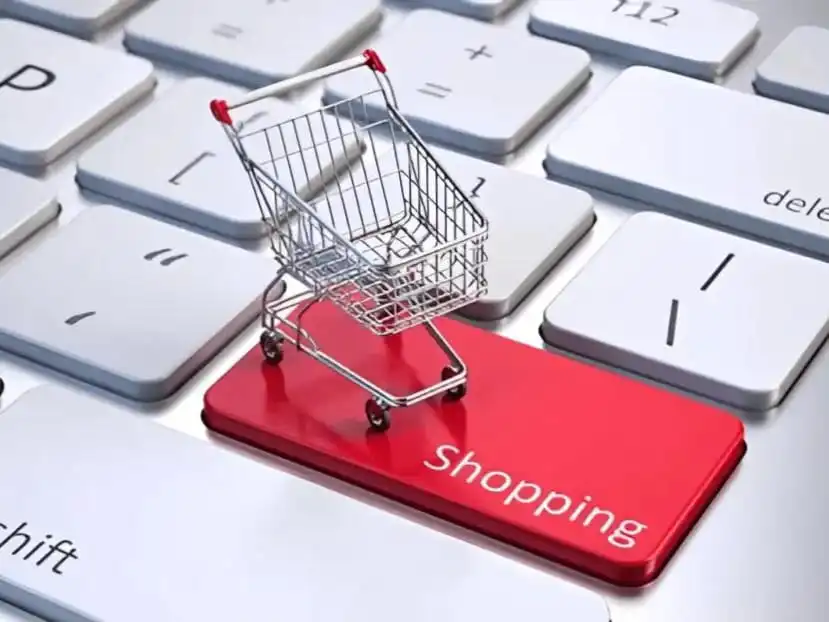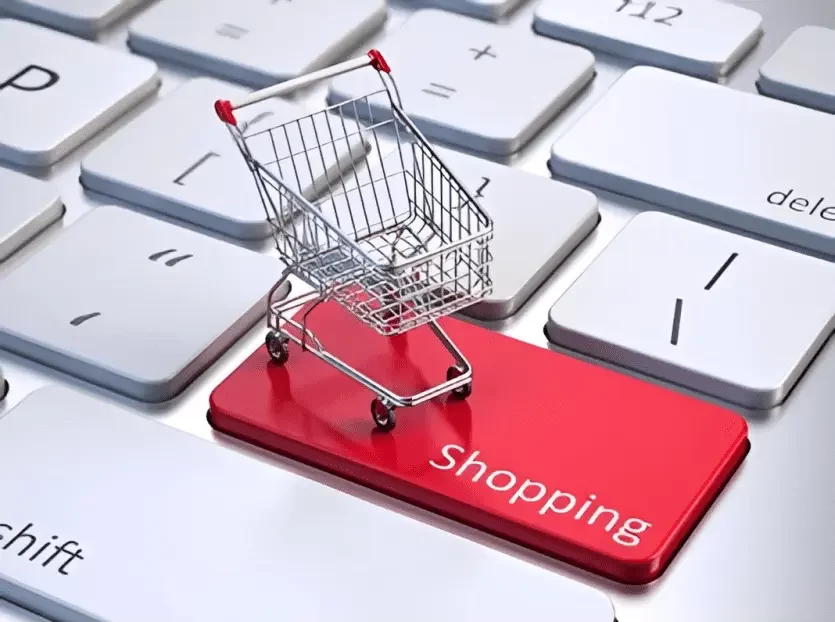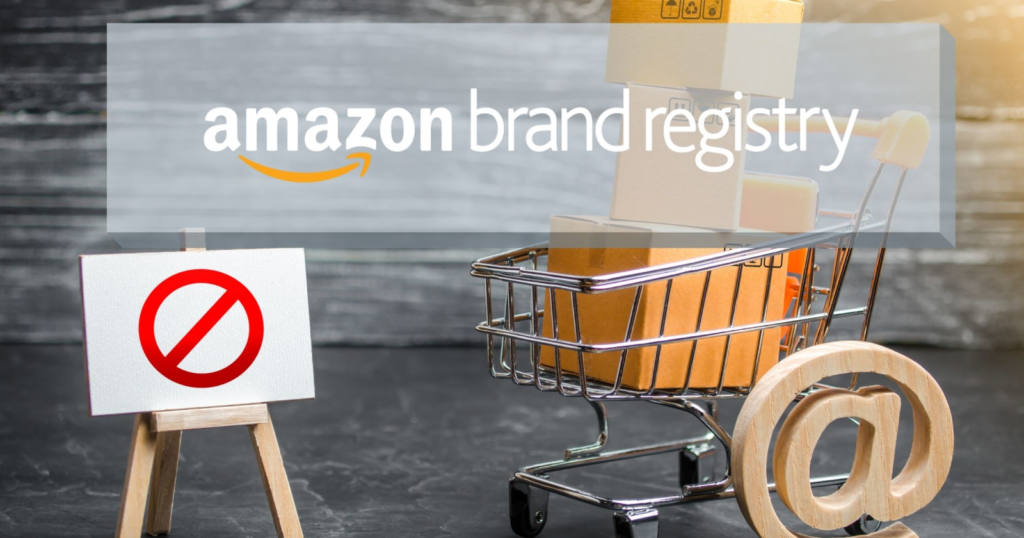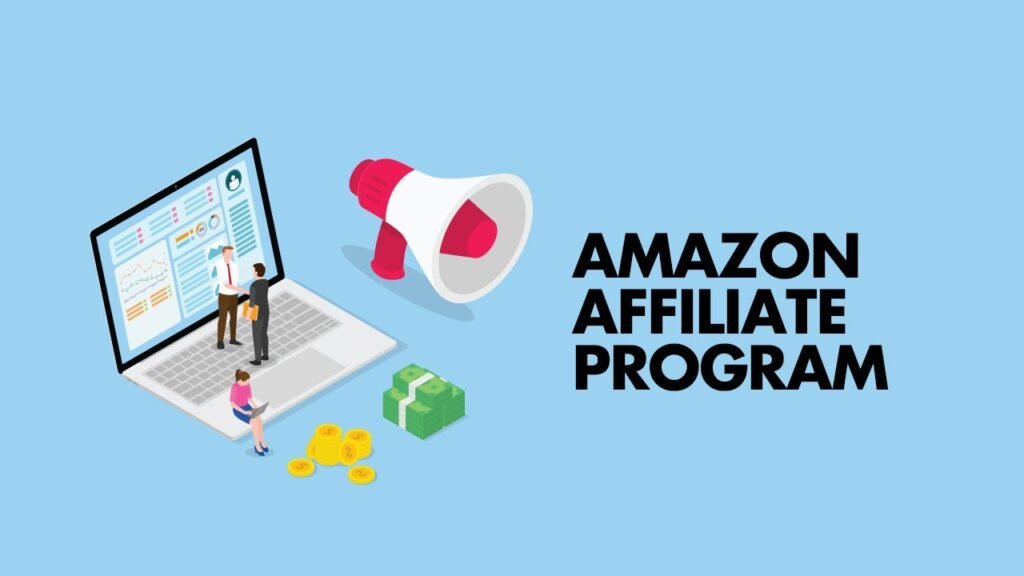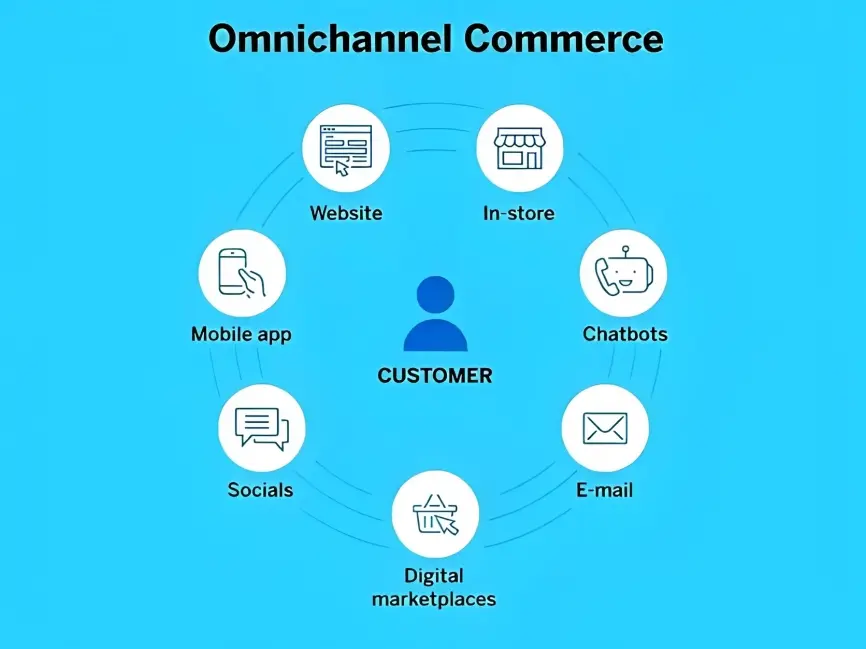Achieving growth requires more than just offering products and services. It also entails optimizing your ecommerce business to provide exceptional customer experiences and facilitate online self-service.
Given the challenges faced by many businesses during the pandemic, you may have already turned to ecommerce as a solution. Now that you understand the importance of ecommerce in your strategic digital transformation plans, it’s crucial to progress beyond short-term tactics and build a solid foundation for the future. This is where an ecommerce consultancy can play a vital role.
What an ecommerce consultancy can provide?
At E-RoadMap, we have worked with renowned global brands and assisted numerous online businesses in defining objectives and accomplishing their goals.
We possess a unique ability to help scale your business. Our experienced in-house teams support all aspects of ecommerce, digital marketing, and business systems integration. From strategizing your ecommerce approach to execution, our proven track record speaks for itself.
Where your journey begins
To provide valuable advice on areas that can be improved, we start with a comprehensive audit of your business. This audit aims to increase conversion rates, enhance online rankings, create exceptional user experiences, and maximize return on investment.
With our skilled and versatile teams, we complement your existing workforce and offer specific expertise tailored to your business’s growth.
Our roadmap for growth is developed as part of our initial consultation process. It includes a detailed report analyzing your current strengths, weaknesses, and the competitive landscape. Additionally, we assess your capabilities to create a comprehensive 12-month plan.
We assist you in making critical decisions to digitally transform your business, including recommendations for the most suitable ecommerce platform to meet your requirements and deliver exceptional customer experiences. Our digital marketing recommendations cover social media and content marketing, search engine optimization (SEO), conversion rate optimization (CRO), and paid online advertising.
Furthermore, we provide a broader outlook for the next 24 to 36 months, offering a clear perspective on your journey toward achieving specific financial and profitability targets.
A wide range of services
A well-rounded digital marketing strategy enables you to connect with your target audience effectively. Through a coordinated and measured approach, you can optimize and grow your online operations. Since every business is unique, your strategy will be tailored accordingly.
Paid online marketing
Our services include paid online campaigns such as search and social media advertisements on key platforms. We offer guidance on platforms like Facebook or Instagram, pay-per-click (PPC) advertisements, and banner adverts on relevant websites.
SEO
Employing SEO techniques increases the chances of your ecommerce site appearing in relevant search results. Higher visibility leads to more traffic. We assist in incorporating relevant keywords, improving your backlink profile, and ensuring quality user experiences.
Retargeting
In cases where visitors explore your ecommerce business but fail to make a purchase or abandon their cart, retargeting through social media adverts and email campaigns can motivate them to complete their purchase, thus boosting your sales.
Automation
Efficient and effective ecommerce business scaling involves reducing human involvement in basic tasks through automation. Integrating your enterprise (ERP) system with your ecommerce site allows you to expedite and streamline product information management (PIM), pricing, ordering, and customer support.
Customer support
Leveraging artificial intelligence (AI) and machine learning (ML), chatbots can enhance day-to-day customer support. Business systems integration provides fast online access to accurate and reliable information about stock availability, shipping, and delivery. This reduces customer inquiries, enabling your support team to focus on value-added services, customer advice, and building relationships.
Digital transformation
By seamlessly integrating business systems, you gain access to a centralized and accurate source of information regarding your operations, finances, and customer preferences. This empowers you to deliver personalized experiences that transform your ecommerce business and foster long-term brand loyalty.
Scaling your business with ecommerce consultancy
With a strong foundation for business growth, you can innovate, test, and implement new approaches to sustain your momentum.
At E-RoadMap, we consider the bigger picture. We analyze your systems, their connections, and identify potential limitations and bottlenecks.
Our team of systems architects, consultants, business analysts, and systems analysts assist you in identifying, planning, and scaling your organization. In addition to consultancy and planning, we offer platform solutions, integration services, and ongoing support.
Discover how you can scale your ecommerce business with the assistance of an ecommerce consultancy like E-RoadMap.
FAQs
What role can an ecommerce consultancy play in helping businesses achieve growth?
- An ecommerce consultancy can provide valuable advice, comprehensive audits, and strategic planning to optimize your ecommerce platform and support business growth.
- They assist in identifying areas for improvement, increasing conversion rates, enhancing online rankings, and creating exceptional user experiences.
How does an ecommerce consultancy help in choosing the right ecommerce platform for my business?
- Ecommerce consultancies offer recommendations for the most suitable ecommerce platform based on your business requirements and customer experience goals.
- They consider factors like scalability, ease of use, integration capabilities, and the ability to deliver exceptional customer experiences.
What services does an ecommerce consultancy offer to enhance my digital marketing strategy?
- Ecommerce consultancies provide services like paid online marketing campaigns (search and social media), search engine optimization (SEO), and retargeting to increase visibility and drive traffic to your ecommerce site.
- They also offer guidance on content marketing, pay-per-click (PPC) advertising, and banner adverts on relevant websites to connect with your target audience effectively.
Can an ecommerce consultancy assist with business systems integration and automation?
- Yes, ecommerce consultancies help in integrating your ecommerce system with your enterprise resource planning (ERP) system to automate tasks such as product information management, pricing, ordering, and customer support.
- They streamline operations, reduce human involvement, and provide efficient processes for scaling your ecommerce business.
How can an ecommerce consultancy support customer satisfaction and enhance customer support?
- Ecommerce consultancies leverage artificial intelligence (AI) and machine learning (ML) to implement chatbots for enhanced customer support.
- Business systems integration enables fast access to accurate information about stock availability, shipping, and delivery, reducing customer inquiries and allowing your support team to focus on value-added services and building relationships with customers.
Also, read:
